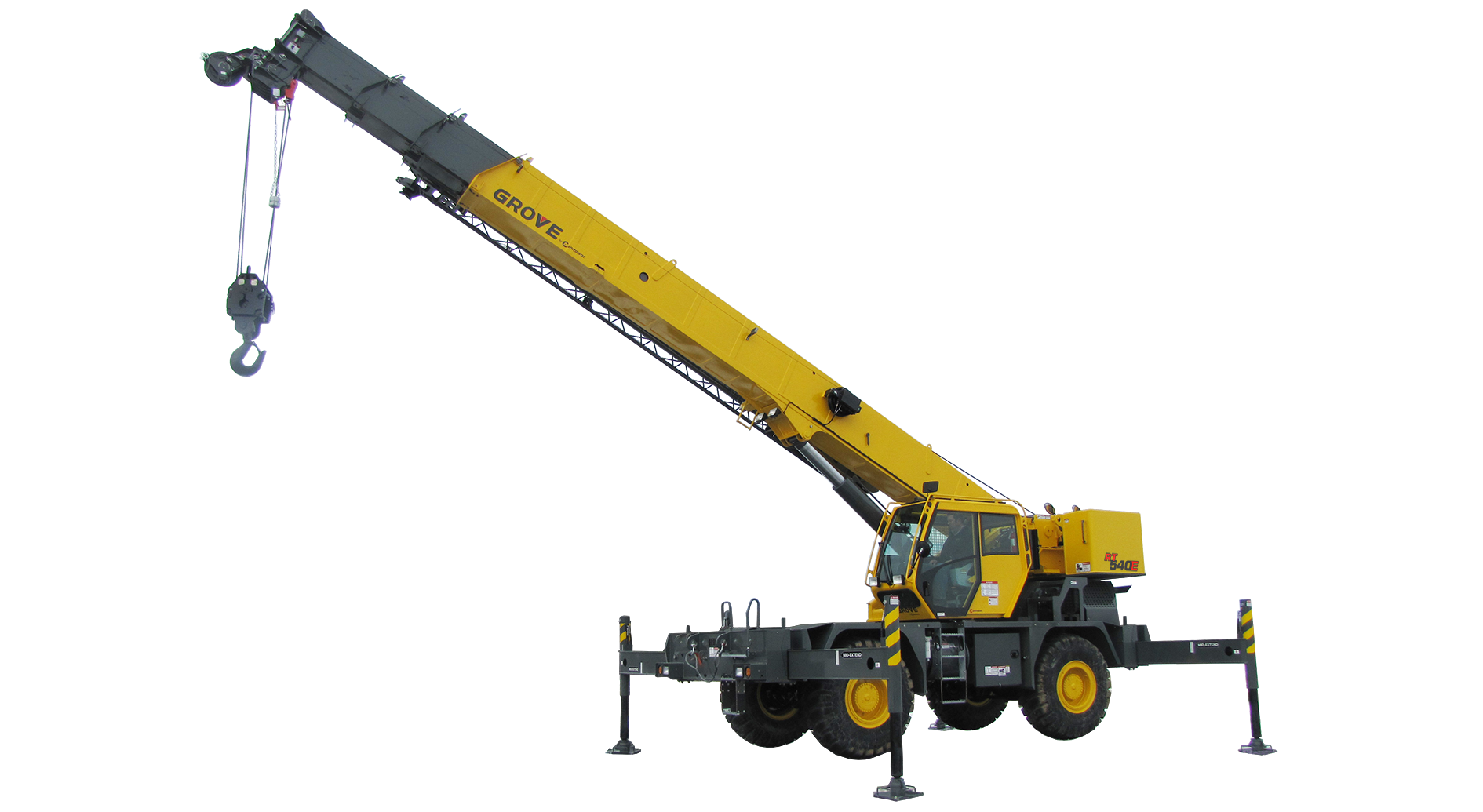
Grove RT540E deployed at Australian Antarctic station
- The Grove rough-terrain crane works in harsh below-freezing conditions resupplying a remote station.
- Equipped with the optional arctic weather package, the RT540E is also used to construct and maintain the station’s infrastructure.
The Australian Government has deployed a Grove RT540E rough-terrain crane to work at Davis station, one of the four research stations in the Australian Antarctic Program. The RT540E joins five other Grove rough-terrain cranes at the site and is used to load and unload cargo for resupply at the stations, as well as construct and maintain the station’s infrastructure.
At the remote Antarctic site, the RT540E works in some of the harshest climates in the world. Located 2,250 nautical miles southwest of Perth, Davis station is the most southern station in the Australian Antarctic Program. Temperatures at the station can drop down to -60 °C.
“The RT540E is a very resilient crane and we equipped it with the optional arctic weather package to enable it to work in temperatures down to a maximum of -40 °C. On station, operators use the crane at temperatures no lower than -20 °C,” said Federico Lovera, Manitowoc’s regional product manager for rough terrains.
The optional arctic weather package includes low viscosity synthetic oils and 240-volt heaters on the engine, batteries and hydraulic tanks to ensure smooth operation in the freezing climate.
The RT540E is a 35 t capacity crane with a 31 m four-section main boom, plus an optional 7.9 m – 13.7 m telescopic swingaway which delivers a maximum tip height of 47 m. The boom incorporates a rectangular boom shape made from 100 k.s.i. steel which eliminates weight and maximizes structural capacities.
Researching Climate Data
The Australian Antarctic Program investigates the role of Antarctica and the Southern Ocean in the global climate system.
Davis station supports the Australian Antarctic Program through a range of scientific research on climate, weather, ecosystems, ice and animals. Scientists at Davis station have many opportunities to study the Antarctic ecology and environment, especially since wildlife is abundant near the station. Several types of seals and penguins can be found near the station, including the popular Emperor penguins who breed during some of the Earth’s worst weather conditions.
The six Grove cranes used by the Australian Antarctic Program are deployed across its three research stations, which are located in Davis, Mawson, and Casey. The cranes are typically used over the summer, when the conditions are better.
The stations also have mechanics on site to ensure the cranes are properly thawed and maintained. Typical service issues include making sure the tires don’t crack from the cold or melting snow that ingresses into the boom and cab to prevent issues with boom extensions or retraction ropes freezing into an ice block. The cranes are returned to Australia every 10 years for major inspection or replacement.
CONTACT
Punitha Govindasamy
Manitowoc
T +65 6263 7863
punitha.govindasamy@manitowoc.com
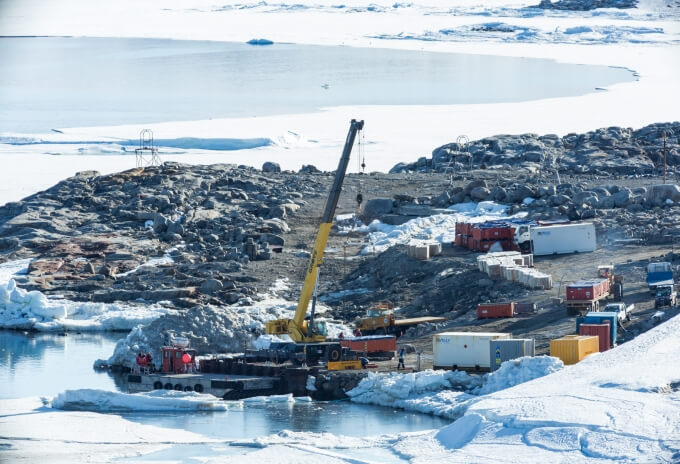 Enlarge image
Enlarge image
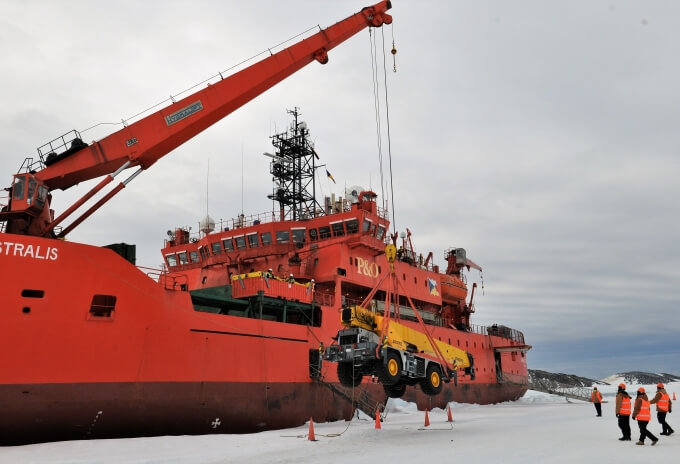 Enlarge image
Enlarge image
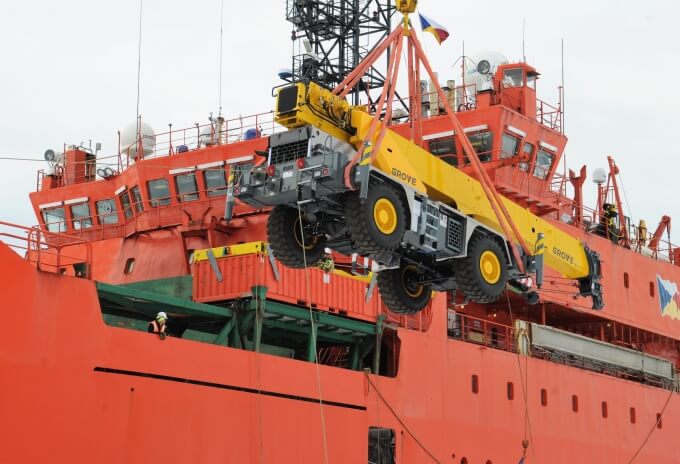 Enlarge image
Enlarge image
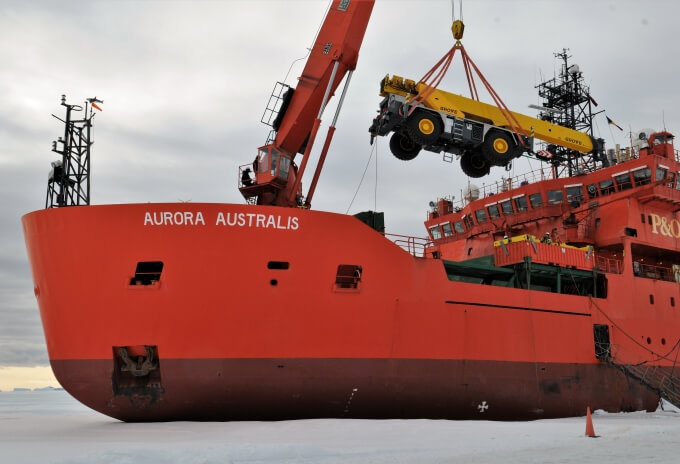 Enlarge image
Enlarge image
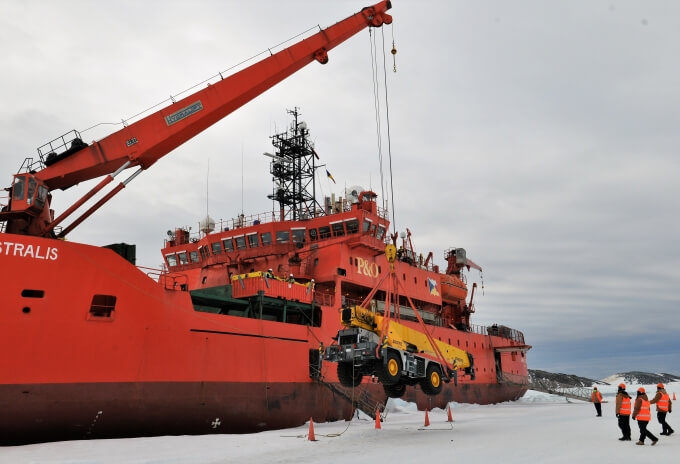 Enlarge image
Enlarge image
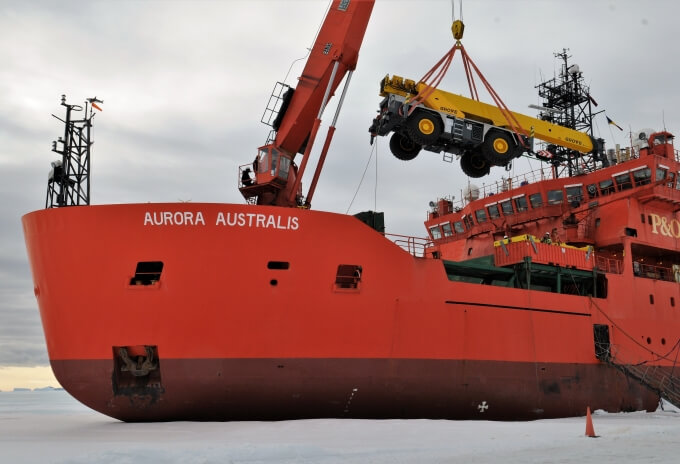 Enlarge image
Enlarge image
GROVE
Grove is the world leader in mobile cranes. For nearly a century, Grove has delivered best-in-class performance and groundbreaking technology through its range of rough-terrain, all-terrain, truck-mounted, military, industrial and telescoping crawler cranes.
Rough-Terrain Cranes
Grove rough terrain cranes are designed to handle the toughest jobsite conditions with lift capacities ranging from 30 t to 150 t (30 USt to 165 USt). Performance, productivity and operator comfort features allow your operators to work effectively for longer days with less fatigue. Quality, reliability and easy maintenance are built into every Grove rough terrain crane, making them the right choice for your business.
